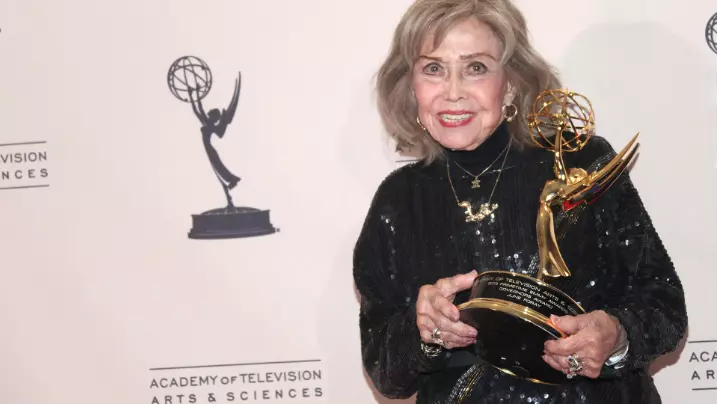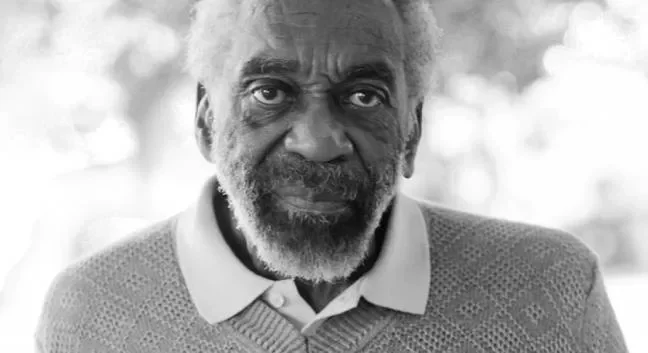Jill Clayburgh: A Leading Lady of the 1970s
Jill Clayburgh was an American actress celebrated for her work in theater, television, and film. She was particularly prominent in the 1970s, known for portraying intelligent and independent women. Her performances were marked by a captivating blend of wit, vulnerability, and emotional depth.
Early Life and Career
Born in New York City on April 30, 1944, Jill Clayburgh was exposed to the world of theater from a young age. Her mother, Julia Louise Dorr, was an actress and production secretary, while her father, Albert Henry Clayburgh, was a manufacturing executive. This early exposure ignited a passion for acting within her. Clayburgh honed her craft at Sarah Lawrence College and later with renowned acting teacher Uta Hagen. She began her career on the stage, making her Broadway debut in 1968 in “The Sudden & Accidental Re-Education of Horse Johnson.”
Notable Roles and Achievements
Clayburgh transitioned to film in the early 1970s, landing roles in movies like “The Wedding Party” (1969) and “Portnoy’s Complaint” (1972). However, it was her portrayal of Erica Benton in the 1978 film “An Unmarried Woman” that catapulted her to stardom. This role, which earned her an Academy Award nomination for Best Actress, solidified her status as a leading lady and a symbol of female empowerment.
Career Highlights
| Year | Title | Role | Notes |
| 1978 | An Unmarried Woman | Erica Benton | Academy Award Nomination for Best Actress |
| 1979 | Starting Over | Marilyn Holmberg | Academy Award Nomination for Best Actress |
| 1976 | Gable and Lombard | Carole Lombard | |
| 1982 | I’m Dancing as Fast as I Can | Barbara Gordon | |
| 1986 | Hannah and Her Sisters | Jill |
She received another Academy Award nomination for her role in “Starting Over” (1979) and garnered critical acclaim for her performances in films like “Gable and Lombard” (1976), “I’m Dancing as Fast as I Can” (1982), and “Hannah and Her Sisters” (1986). Clayburgh also graced the small screen with her talent, appearing in numerous television films and series throughout her career.
Personal Life
In 1979, Jill Clayburgh married playwright David Rabe. The couple had two children: Lily Rabe, who followed in her mother’s footsteps to become an acclaimed actress, and Michael Rabe, also an actor.
Death and Legacy
Jill Clayburgh passed away on November 5, 2010, at the age of 66, after a 21-year battle with chronic lymphocytic leukemia. Her death was a significant loss to the entertainment industry, but her legacy lives on. Clayburgh is remembered not only for her talent but also for her contribution to changing the portrayal of women in film. She paved the way for future generations of actresses by portraying women who were complex, intelligent, and independent. Her performances continue to inspire and resonate with audiences today.
Conclusion
Jill Clayburgh was a gifted and versatile actress who left an indelible mark on the world of entertainment. Her ability to portray strong, independent women with depth and nuance set her apart and helped redefine the roles women played on screen. Though she is no longer with us, her legacy continues to inspire and entertain.











